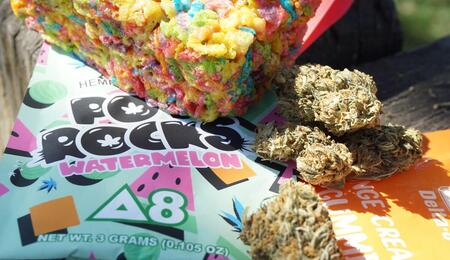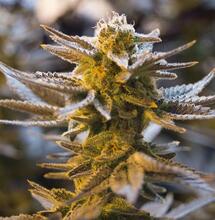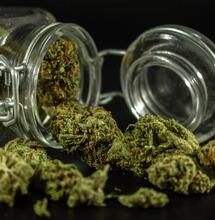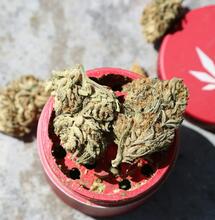Study Says Legal Weed Labels Are Misleading

The legal cannabis sector is marketing pot products based mainly on a widely used indica-sativa-hybrid labeling system. Labeling is supposed to inform consumers about the various effects of any cannabis strain and product purchased, however, it just might be leaving users in the dark about what they are after.
A new study published in the journal PLOS One examined 90,000 strain samples available in six legal states in the U.S. The study suggests that labels used to distinguish cannabis, such as indica, sativa, or hybrids, poorly inform users about the product content and might be misleading.
Cannabis contains various chemical compounds with potential psychoactive or medicinal effects. Understanding what's in a product is crucial for users to decide whether they will purchase that specific product or not.
The study, first of its kind, shows that commercial labeling is not always consistent with the strain's chemical constituents. The study's authors are calling for the implementation of an FDA-approved cannabis labeling system for food products.
The cannabis industry has witnessed a real boom over the last decade following the legalization of the plant for recreational uses in Colorado and Washington. Since then, 17 other states have followed suit, the latest being Rhode Island.
Cannabis is a multi-billion dollar industry today. Strain description remains at the center of marketing efforts among cultivators and operators. "Sativas" are associated with a more energetic and euphoric buzz, while "Indicas" are offered as a more calming or sleep-inducing smoke. But despite these general parameters, no other standard labeling system has ever been pushed.
Popular cannabis strains such as Girl Scout Cookies, Haze, or Zkittlez can mislead customers into thinking that, much like other famous brands like Coca-Cola or Oreo, you'll get the same product with the same taste or flavor no matter where you make the purchase. But that may not always be the case.
Cannabis operators are required to make known the levels of THC, CBD, or other cannabinoids on their labeling. But it's not compulsory to display information such as terpenes, which recent research confirms are quite an important part of any cannabis strain since terpenes reinforce the effects of any cannabinoid. Likewise, producers are free to name their products as they want.
"A farmer can't just pick up an apple and decide to call it a Golden Delicious. A beer manufacturer can't just arbitrarily label their product a Double IPA. There are standards. But that is not the case for the cannabis industry," says study co-author Nick Jikomes, director of science and innovation for Leafly.
Terpenes Categories Are Left Out
The research team looked into a vast database of chemical analyses from cannabis testing centers to determine the authenticity of same-named products that consumers can find on the shelves of local dispensaries. Cannabinoid and terpene profile screening of around 90,000 samples from six legal states showed that a large majority of cannabinoids in recreational cannabis are THC.
When it comes to terpene profiles, the aromatic compounds of cannabis, the study found that pot products appear to fit into three major categories:
Strains rich in caryophyllene and limonene
Strains rich in myrcene and pinene
Strains rich in terpinolene and myrcene
The issue here is that these terpene categories do not quite match the current labeling system. A sample labeled as "indica" may have the same terpene content as strain samples labeled as "hybrid" or "sativa." But more than that, terpenes information is largely missing from labels.
"It's like if your cereal box only showed calories and fat and nothing else. As consumers need to be pushing for more information. If we do that, the industry will respond," says co-author Brian Keegan, affiliated with the University of Colorado Boulder.
Study Gauged Homogenuity of Cannabis Strains
The investigation team expected to find less consistency among strains, however, they were proved partially wrong.
Some strains, such as White Tahoe Cookies, were surprisingly consistent in a wide range of product samples. However, other strains, such as Durban Poison, were inconsistent throughout. Overall, there was more strain consistency than anticipated.
The study results showed that much of the recreational cannabis sold in the U.S. is somewhat homogenous. Which is good. Breeders can take advantage of this and create new breeds with varying chemical profiles. For instance, strains that are principally used for recreational purposes can be modified to be more compatible with medical users.
Conclusions
As the legalization and use of cannabis products, especially for medical purposes, continually expands, there's greater urgency to improve the accuracy in labeling different cannabis products.
As the study authors suggest, labeling should offer a more thorough reading of the product's chemical composition. Labels should display information above levels of THC or CBD, such as terpene profile, flavonoids, and any additional compound used. Consumers should also act more curious and demand more information from operators to feature on labels.













